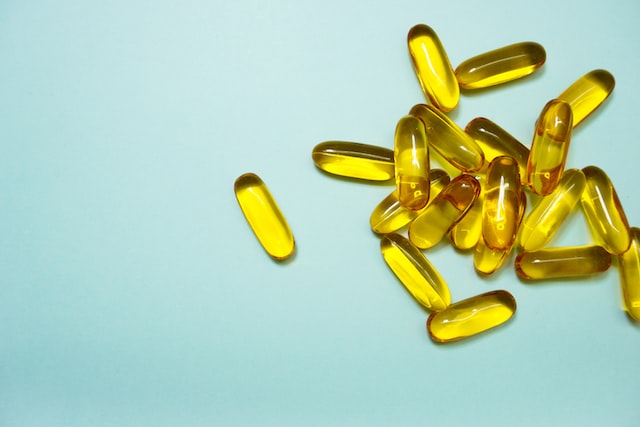Whether you should train when you are sore depends on the type and severity of soreness, the cause of the soreness, and your overall fitness goals. Muscle soreness after exercise, especially delayed onset muscle soreness (DOMS), is common and results from microscopic muscle damage and inflammation caused by unfamiliar or intense physical activity. Understanding the nature of soreness and how the body recovers can help determine if training while sore is advisable.
Muscle soreness, particularly DOMS, typically peaks 24 to 72 hours after exercise and is characterized by stiffness, tenderness, and reduced muscle function. This soreness arises from microtrauma to muscle fibers and the subsequent inflammatory response, which is part of the natural adaptation process that leads to muscle strengthening and growth. The soreness itself is not necessarily a sign of injury but rather a normal response to exercise stress.
Training while sore is generally safe if the soreness is mild and does not impair your range of motion or cause sharp pain. Light to moderate exercise can actually promote recovery by increasing blood flow to the muscles, which helps clear metabolic waste products and delivers nutrients necessary for repair. Activities such as low-intensity aerobic exercise, gentle stretching, or active recovery workouts can reduce the perception of soreness and improve muscle function without causing further damage.
However, if soreness is severe, accompanied by swelling, sharp pain, or significant loss of strength and mobility, it may indicate muscle strain or injury, and training should be avoided until symptoms improve. Continuing to train intensely on very sore muscles can increase the risk of injury and delay recovery.
Scientific studies have examined interventions like stretching and heat exposure to alleviate muscle soreness and improve recovery. A systematic review found that post-exercise stretching has trivial and statistically non-significant effects on reducing muscle soreness, flexibility, and pain threshold, suggesting that stretching alone may not be effective for recovery from soreness[1]. Heat exposure after exercise shows mixed results, with some studies indicating benefits for muscle strength recovery but inconsistent effects on overall performance and soreness[3].
In terms of immune function and overall health, regular exercise—even when mildly sore—can have beneficial effects. For example, exercise has been shown to improve immune regulation in people recovering from illnesses such as post-COVID syndrome, reducing symptoms like fatigue and joint pain[4]. This suggests that appropriately dosed exercise during mild soreness can support systemic health.
It is important to listen to your body and differentiate between normal soreness and pain signaling injury. Adjusting training intensity, volume, and type can help manage soreness. For example, incorporating different movement patterns such as backward walking can engage muscles differently and reduce joint stress, potentially aiding recovery and reducing pain[2].
In summary, training when sore is acceptable if the soreness is mild and does not limit function. Active recovery and low-intensity exercise can facilitate healing and maintain fitness. Severe soreness or pain should prompt rest and possibly medical evaluation. Stretching and heat treatments may offer limited benefits but are not substitutes for appropriate recovery strategies. Always prioritize gradual progression and adequate rest to optimize training outcomes and minimize injury risk.
Sources:
[1] Effects of post-exercise stretching versus no stretching on lower limb muscle soreness and recovery, PMC
[2] Walking style could be key to longevity and injury comebacks, Fox News
[3] Effects of Post-Exercise Heat Exposure on Acute Recovery and Training Adaptations, PMC
[4] Randomized trial shows exercise benefits for post-COVID immune regulation, News Medical





